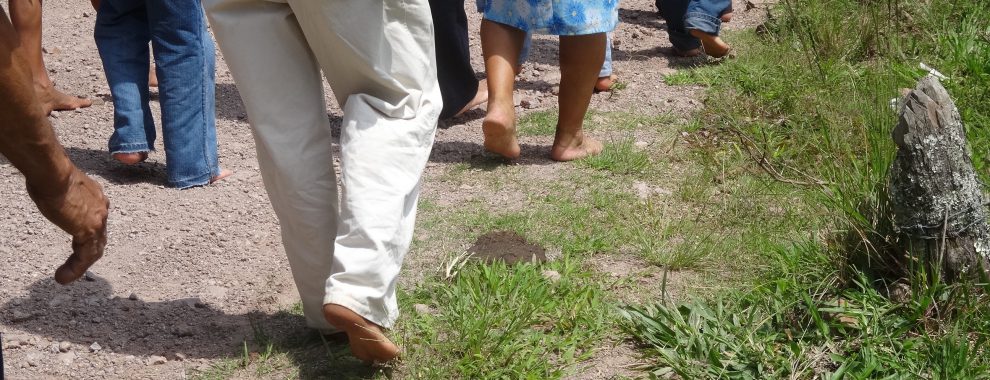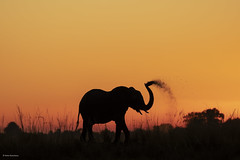On Palm Sunday, we celebrate a peaceful Messiah.
Jesus enters Jerusalem in triumph, on a donkey. He doesn’t enter on a war horse, but on a donkey, a beast of burden, a humble animal.

But there is more to the Gospel story than meets the eye that reveals, at least in my mind, a vision of the Peaceable Kingdom.
Last year, in a workshop for catechists in a remote part of our parish, I began with a prayerful reading of the Palm Sunday Gospels. Using St. Ignatius’ method of reading the scriptures, I asked them to listen with their whole being, attentive to their senses as well as to their inner feelings. I read the story of the entry into Jerusalem three times, each time from a different Gospel, leaving time for silence after each reading.
After the last period of silence, I asked them to share with one or two people what they had experienced. Then I invited them to share with the group.
Two young men, campesinos, noted that they looked on in fear as Jesus mounted the young donkey “that no one had ever mounted.” They knew, from their work with animals, that you have to break in a donkey before you can sit on it. If no one has ever sat on a donkey, it is liable to try to throw you off.
They were afraid that the donkey would throw Jesus off.
And they were amazed that the donkey calmly carried Jesus into Jerusalem.
I was amazed. I had never heard a comment like that. I know of no biblical scholar who has paid attention to this detail that the people of the time of Jesus and the people who work the land would know.
Last year I shared this story with a group of the Dubuque Franciscan Sisters. They smiled and laughed in recognition. Many of them grew up on farms and realized the truth of this comment from the Honduran campesinos.
As I reflected on this, I realized that there was another dimension to this event.
Where would young donkeys, never mounted, calmly carry a person?
In the Garden of Eden of Genesis and in the Peaceable Kingdom of Isaiah 11: 1-9.
The wolf will dwell with the lamb…
The calf and the lion cub shall feed together,
and a little child will lead them…
They shall not harm or destroy on all my holy mountain;
for the earth shall be filled with knowledge of the Lord…

Jesus, mounted on a peaceful donkey, enters the city of Jerusalem, the holy mountain. Jesus brings the Reign of Peace with His personal presence.
But we reject the peaceful Messiah, the harbinger of the Reign of Peace. We seek power and domination, with weapons of war and all sorts of violence.
But our God comes in peace, willing to sacrifice himself for peace. He does not kill but allows himself to be killed by those who have the power and the violence in their hands.
Will we follow Jesus, our Peace?

The first photo is from the 2015 Palm Sunday procession in the parish of Dulce Nombre de María, Dulce Nombre de Copán, Honduras.
The second photo is of a postcard of a painting of Edward Hicks, Peaceable Kingdom. Note the presence of William Penn making a treaty with the native peoples.
The third photo is from The Cloisters in New York City.





